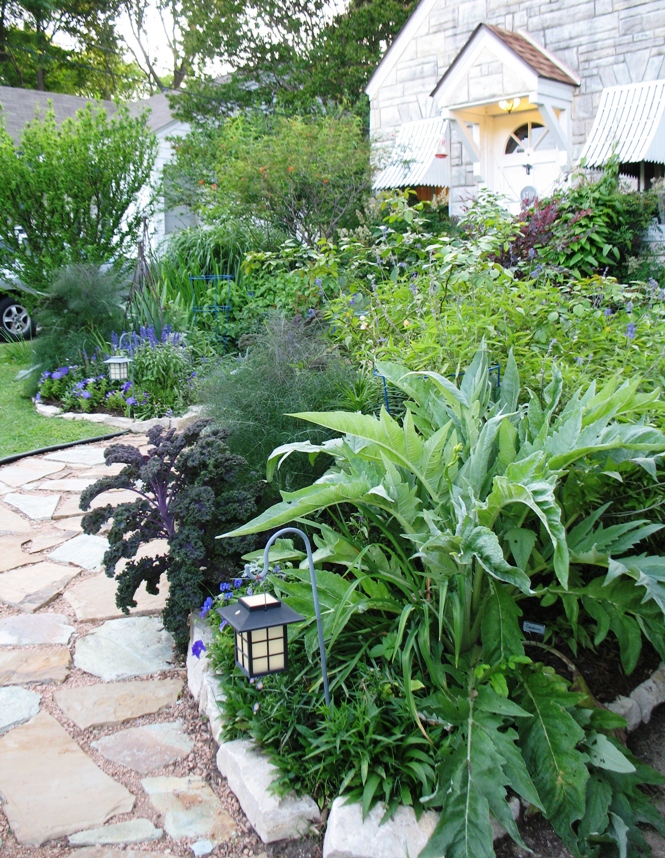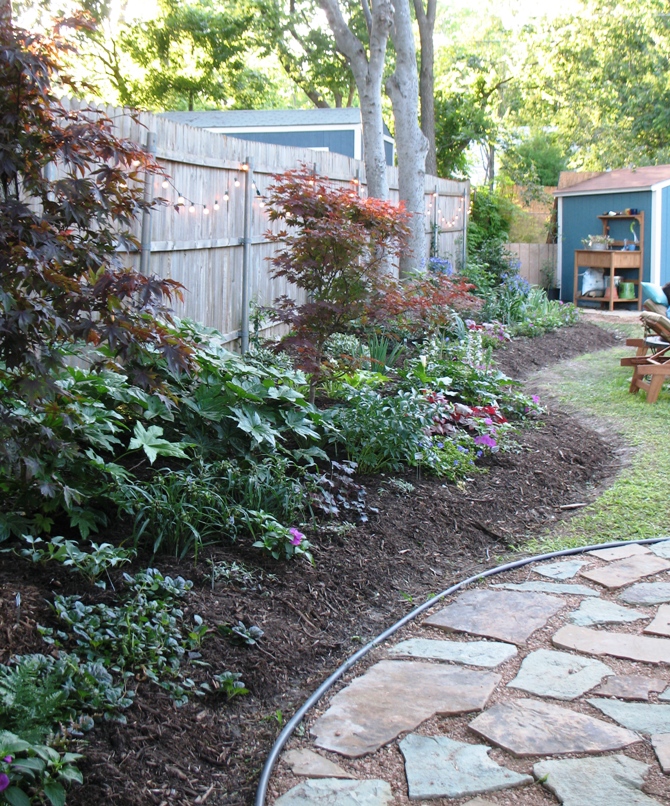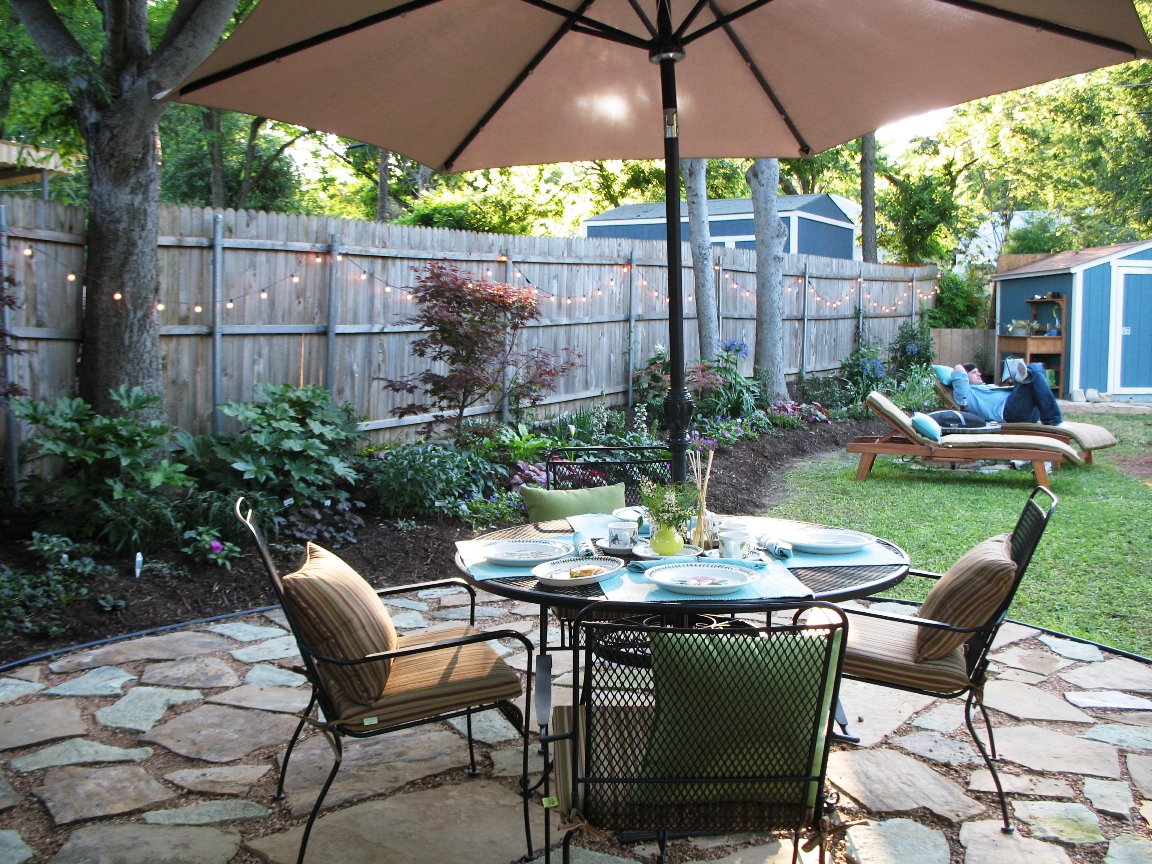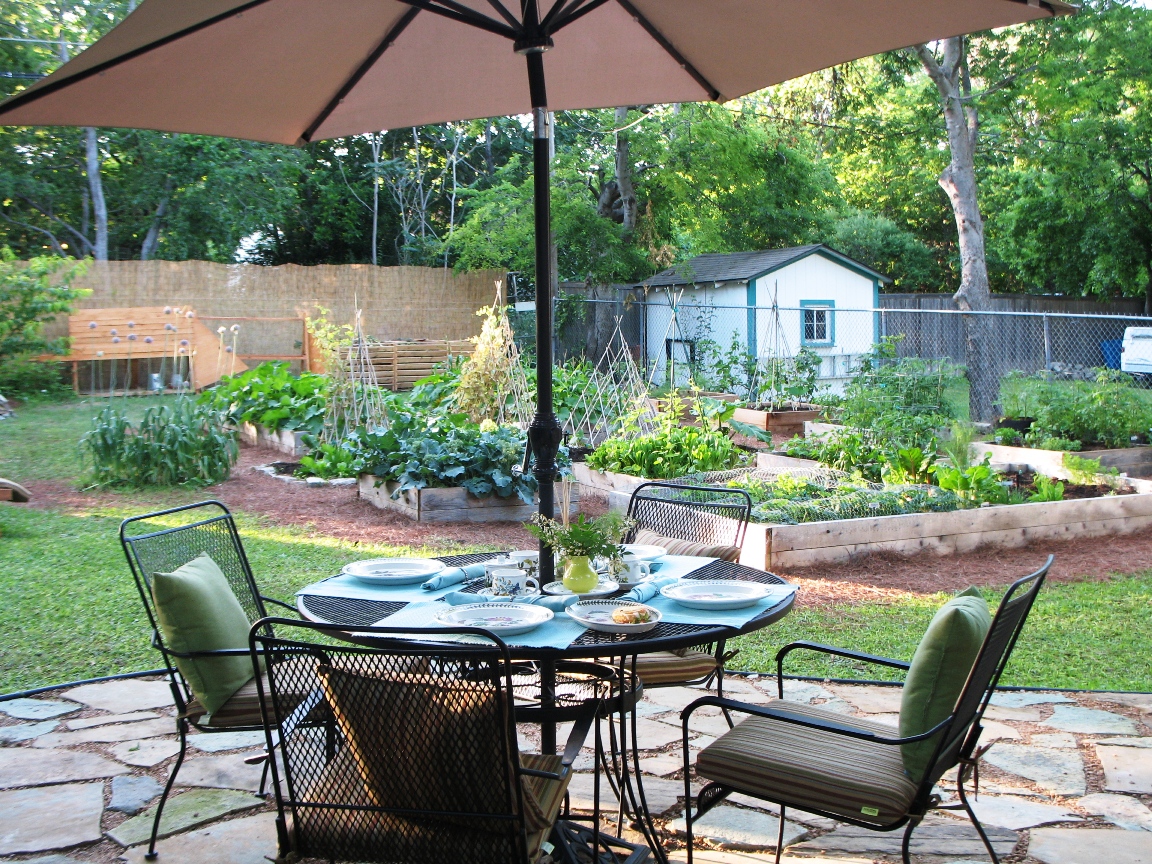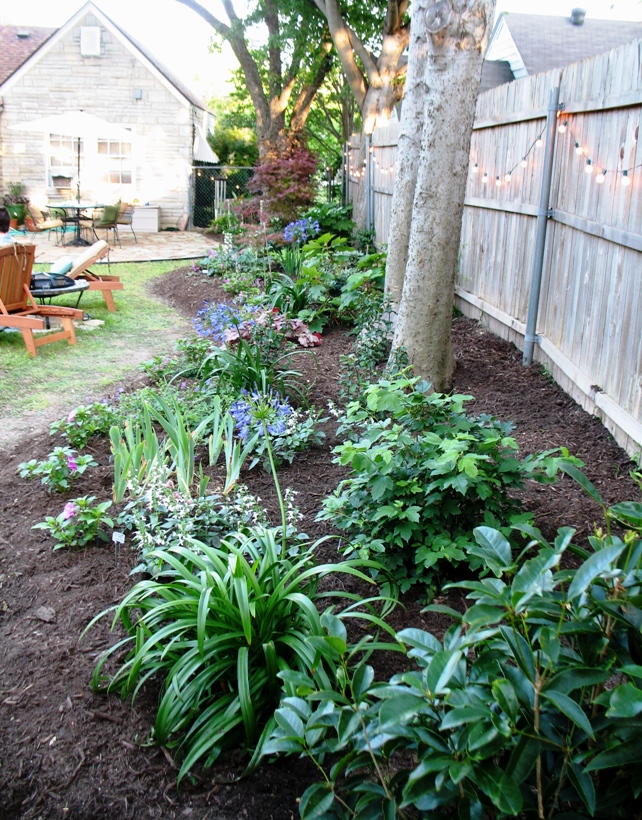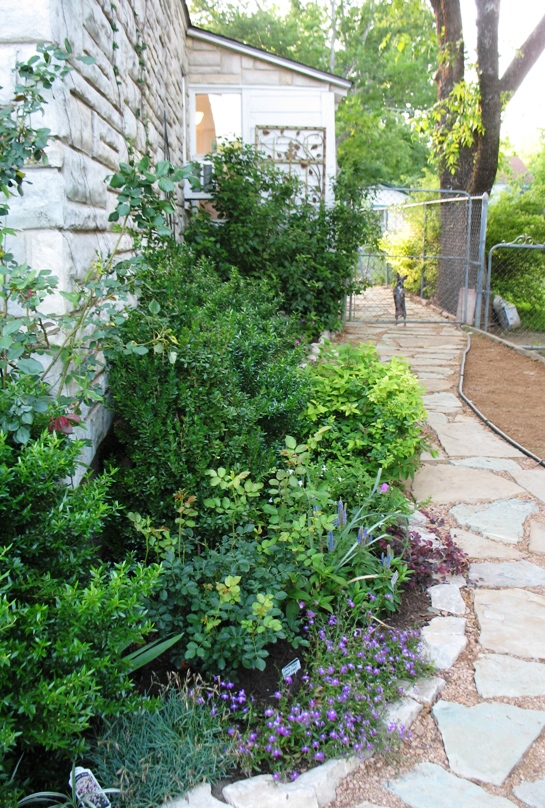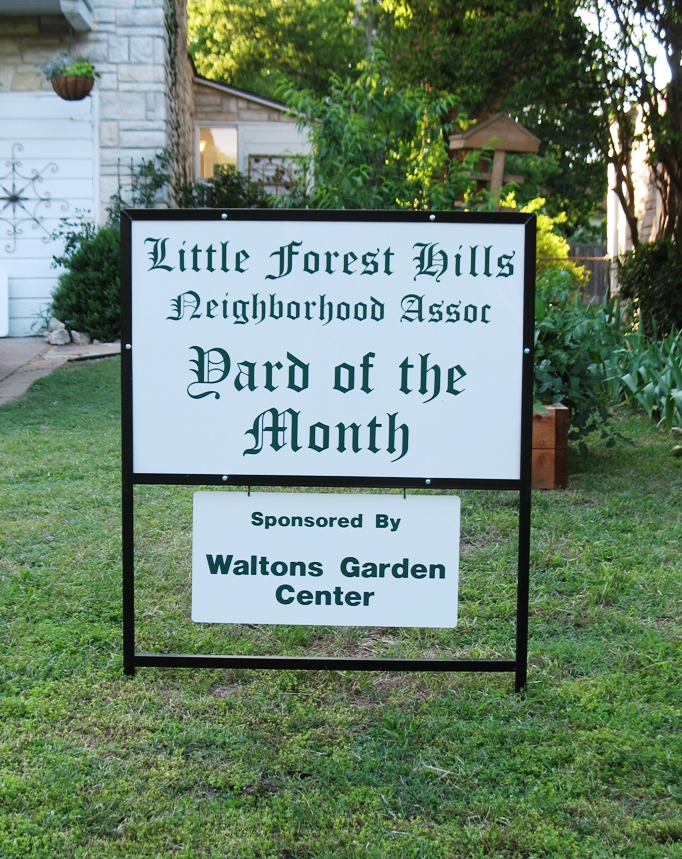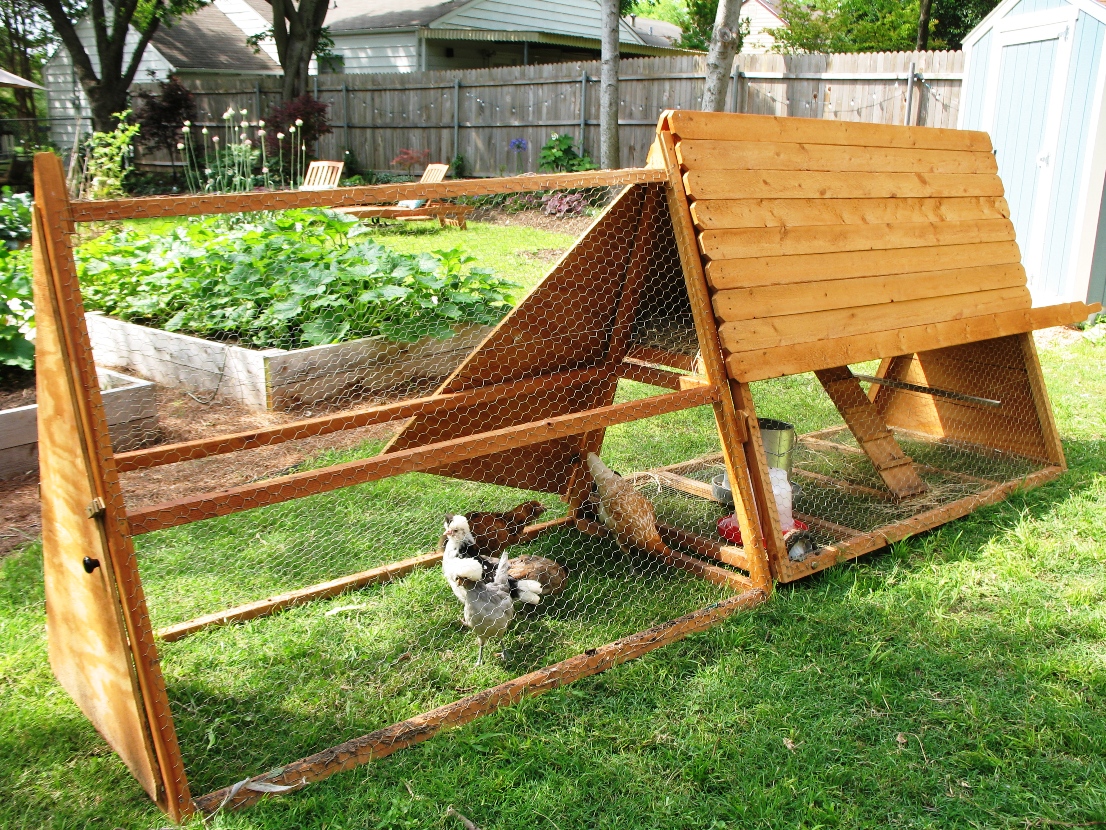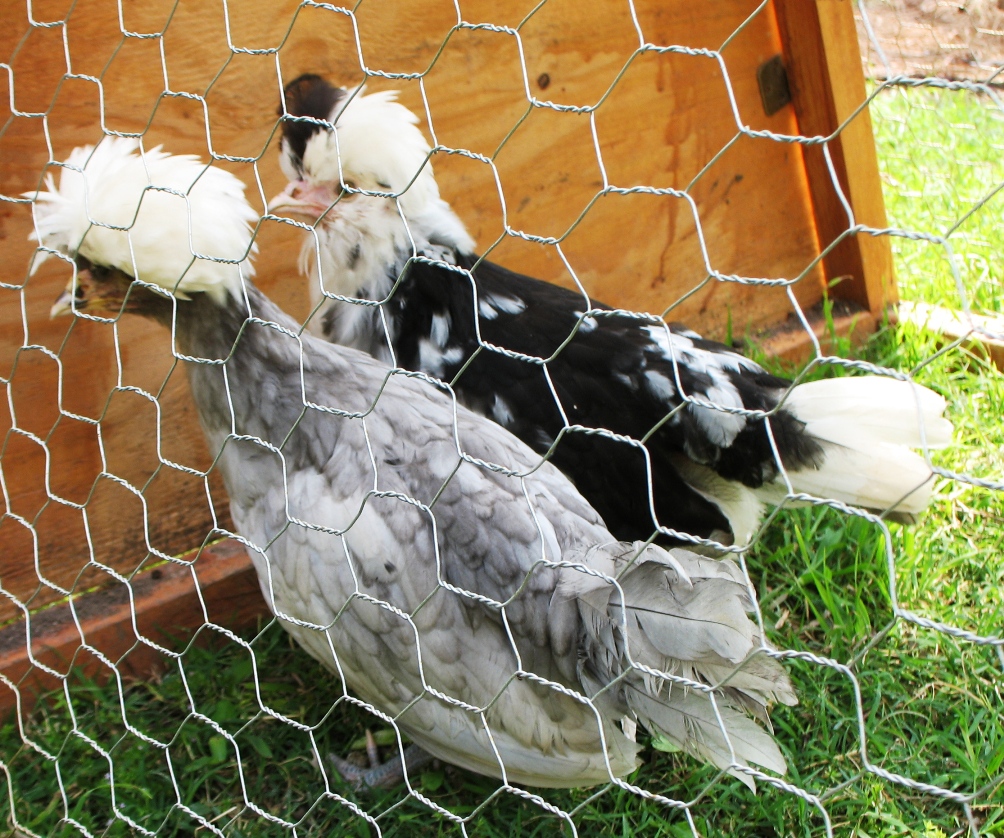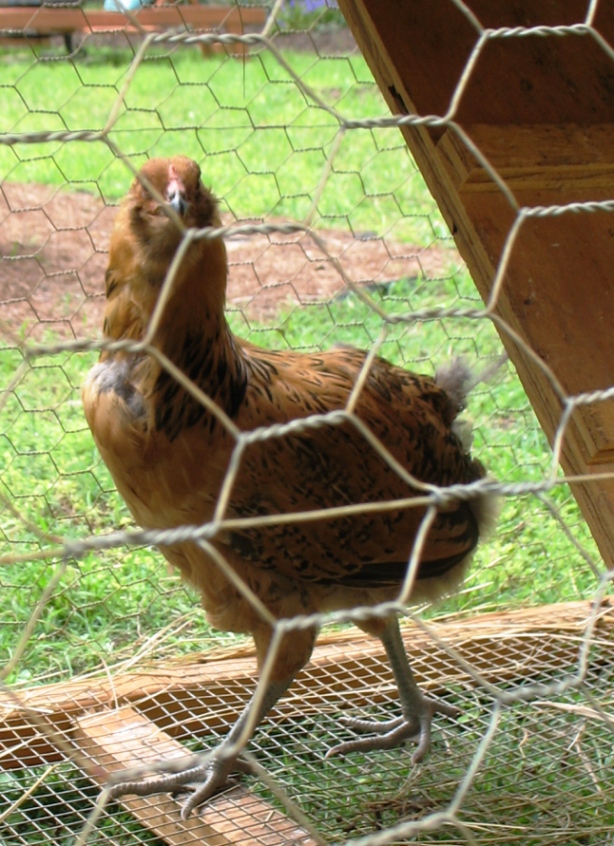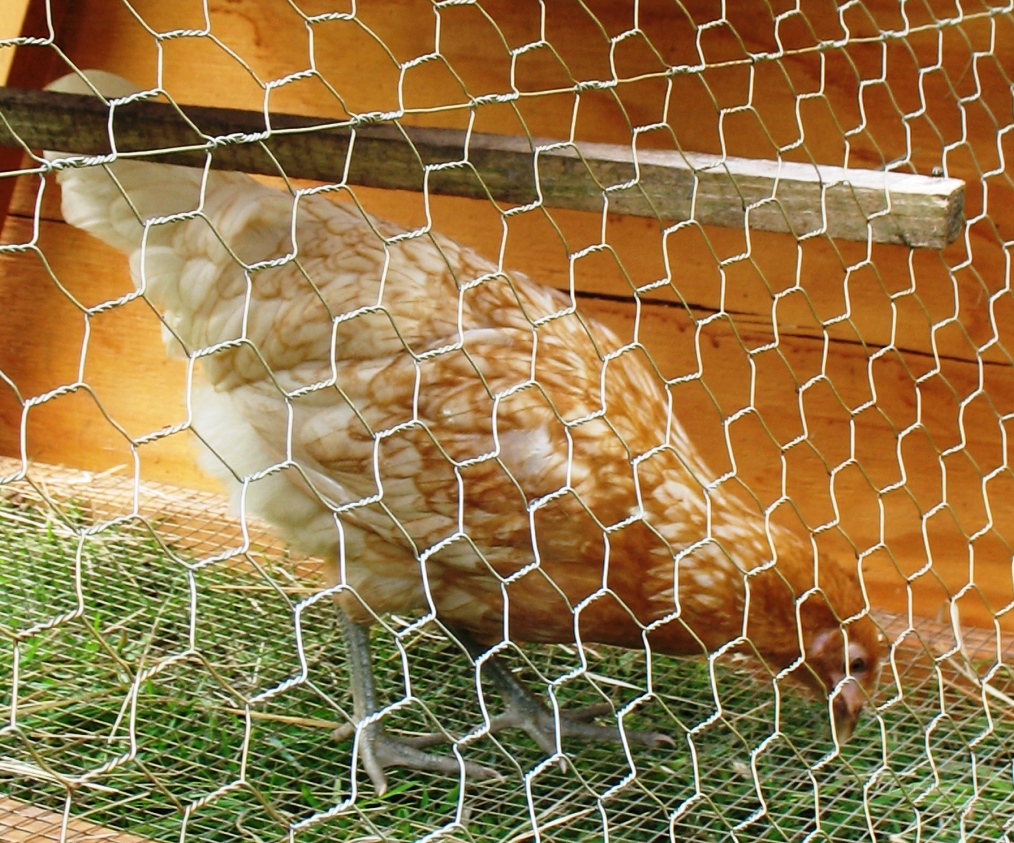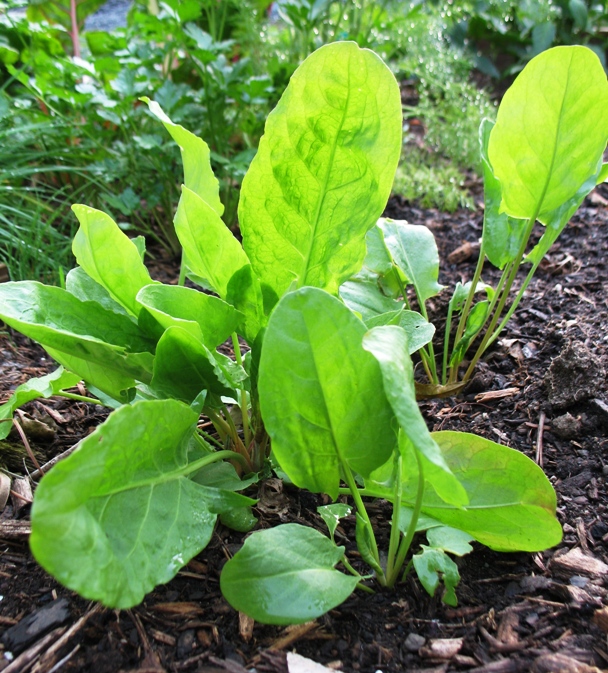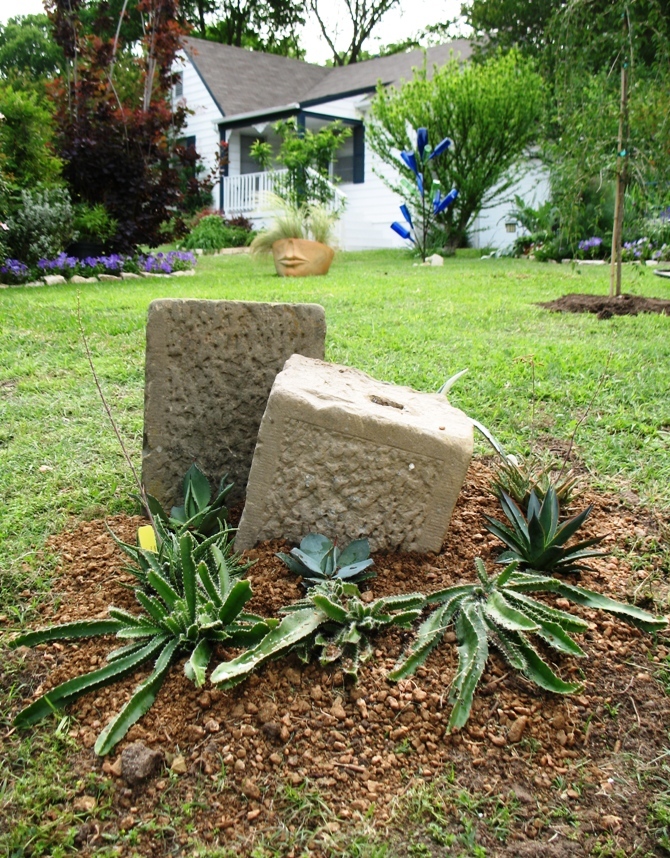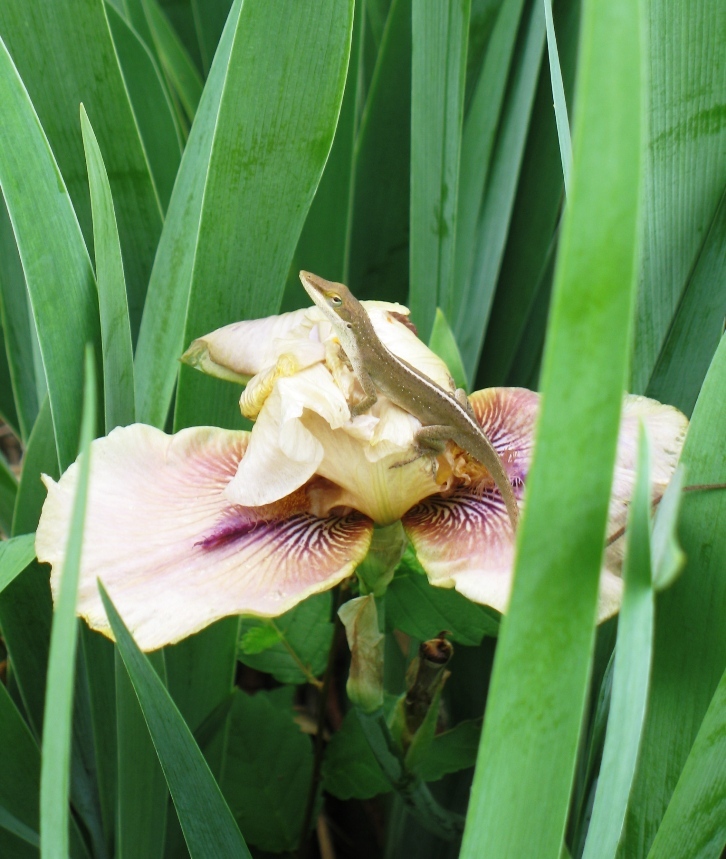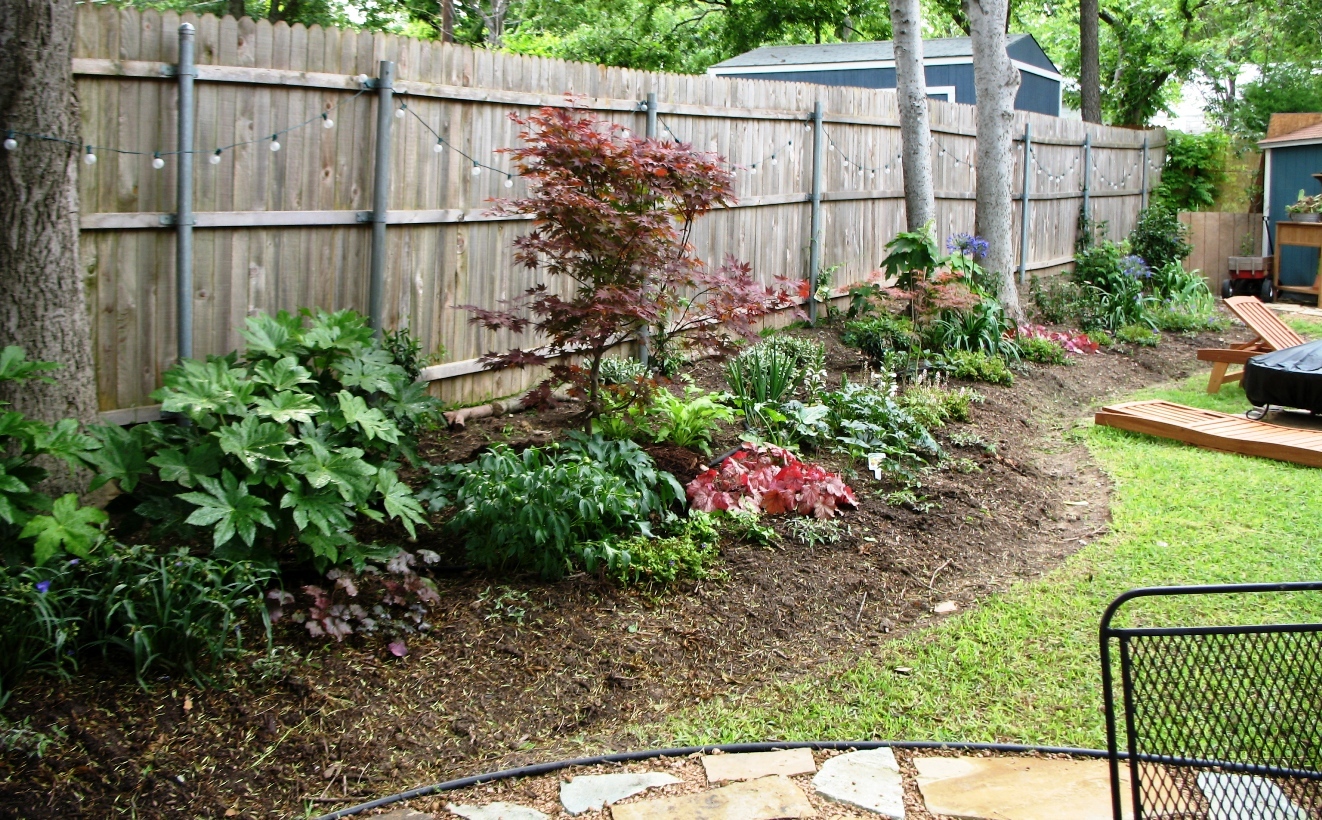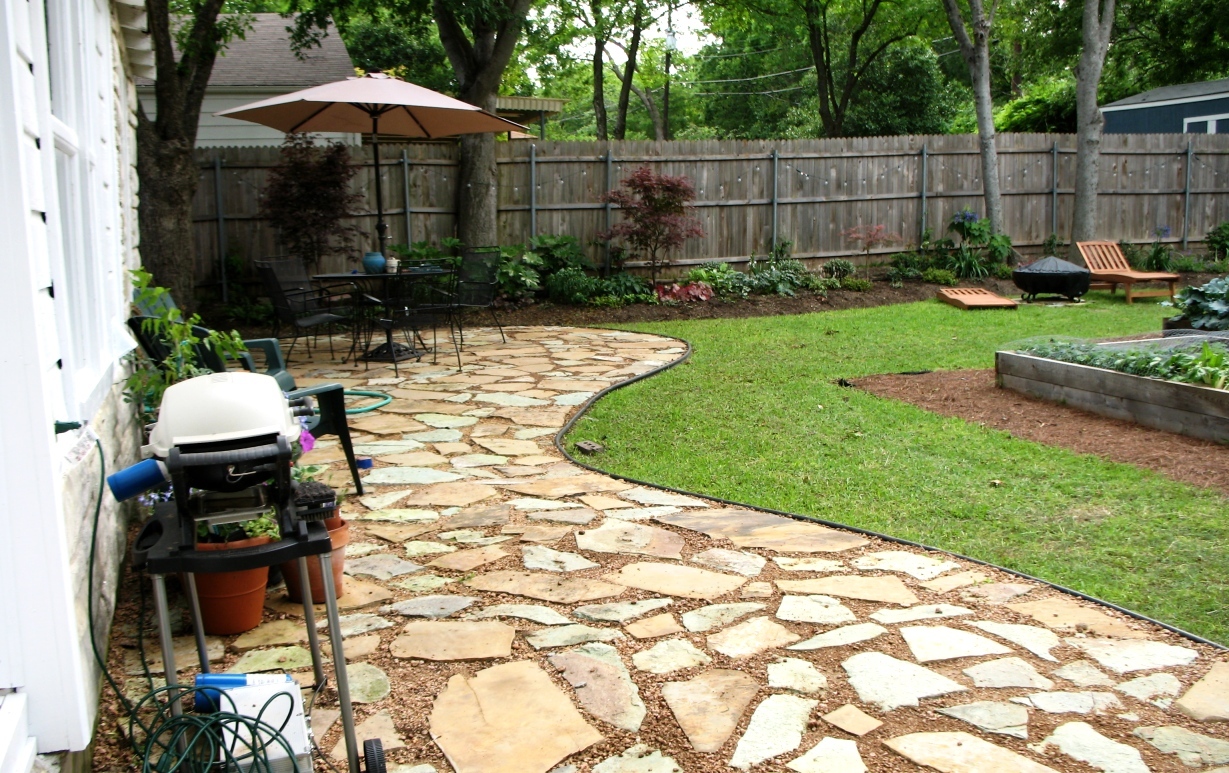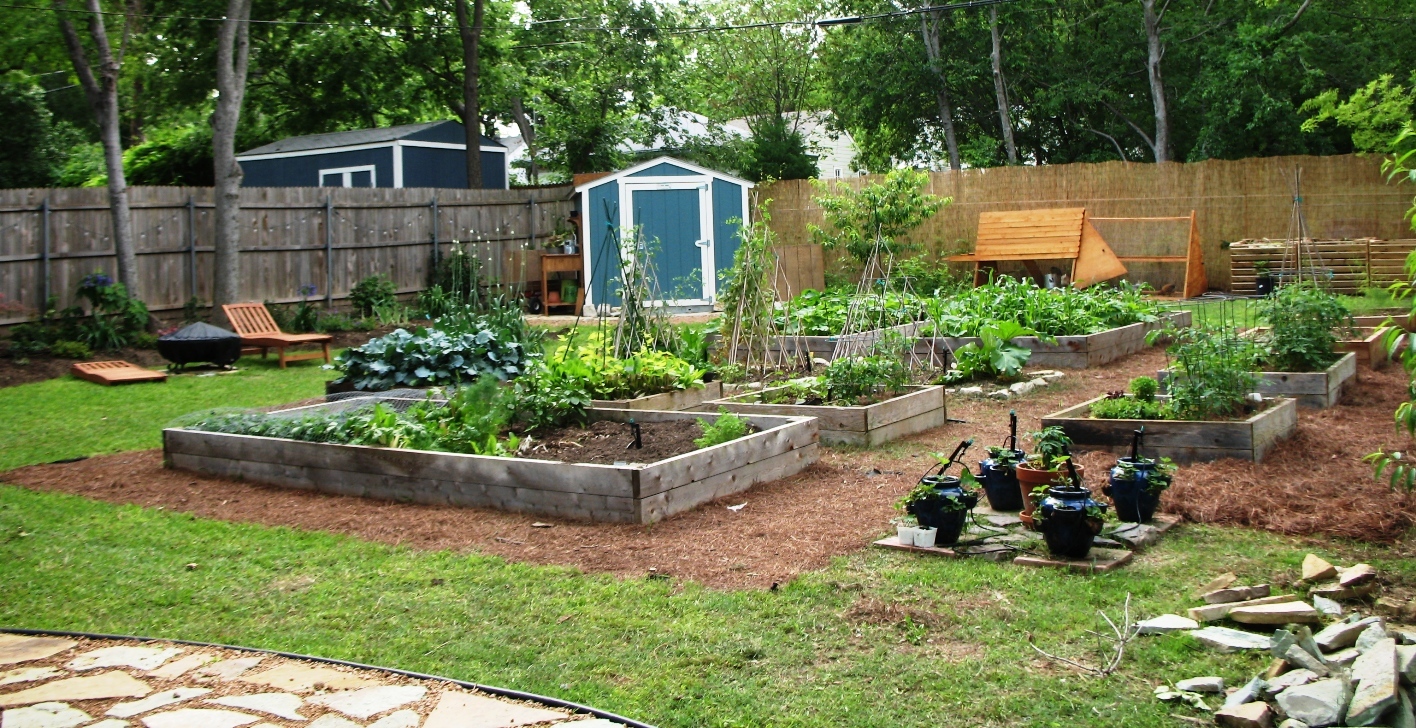How to Properly Prune Cilantro
May 20, 2009
Proper pruning seems to be a point of confusion for many...I get regular questions on the subject. So in response to all those questions, and an email plea from a friend of mine with a pruning and cilantro harvesting conundrum, here are a few photos of how to prune a few different types of plants (and harvest some cilantro...) This is by no means a comprehensive review of the subject and the light was fading this evening and it's not exactly easy to get good one-handed pruning shots! But I hope this will at least help a bit. I'll delve deeper into the subject at a later date.
1. Simply cut individual leaves for use
2. Or cut entire stem at base of plant if you need a bundle, or you've already removed most of the leaves from that stem.
3. Prune flower stalks all the way to the base of the crown of the plant. you should try to keep cilantro constantly deadheaded so it will continue to make leaves, instead of only more flowers. you can leave the flowers if you want to collect "coriander" seed.
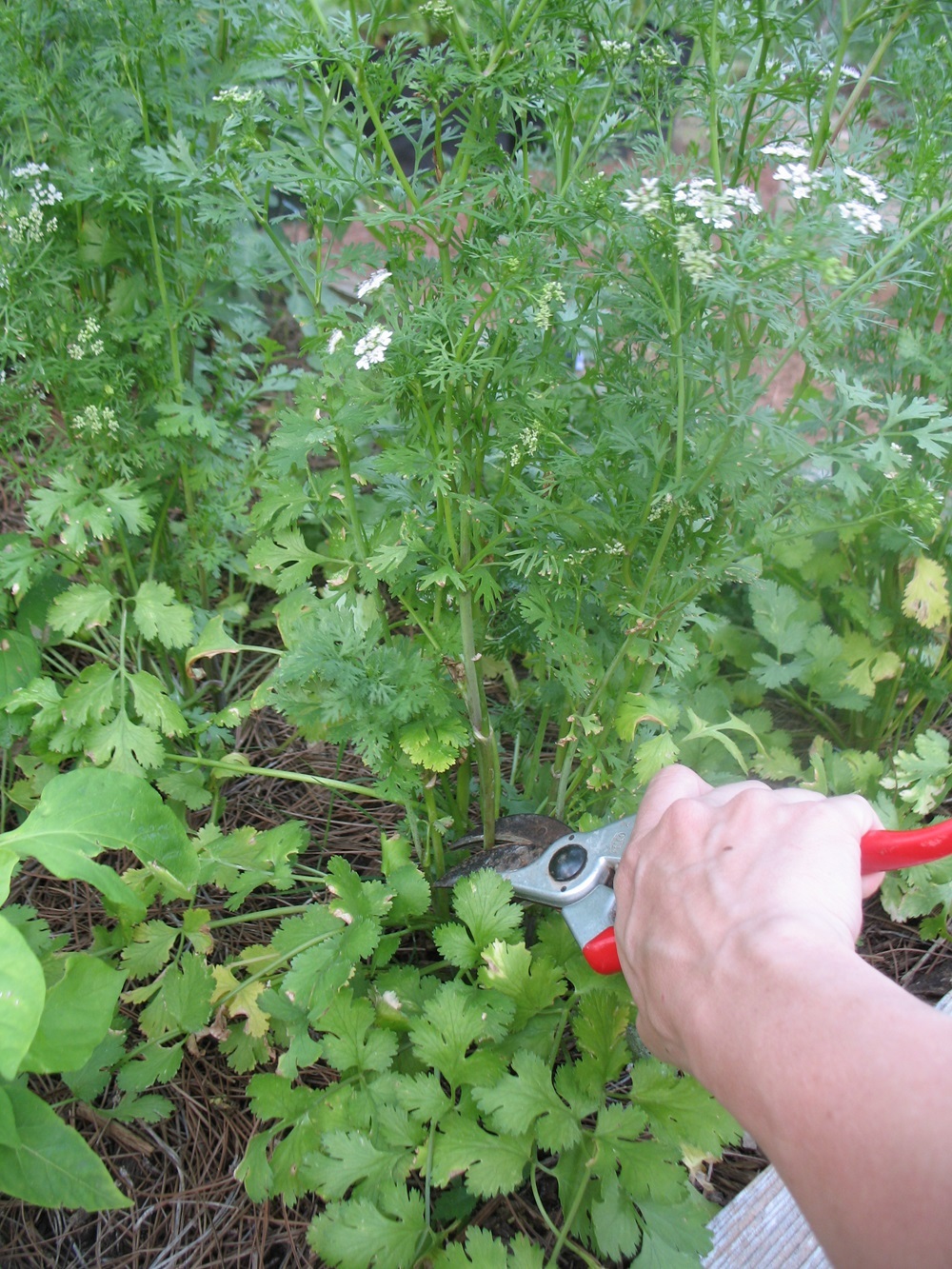
Pruning bolted cilantro
PC: Leslie F. Halleck
General pruning..
For plants like Roses and Salvia, that will continue producing new blooms along the same stem, prune the expired flower stem back to the next leaf node, where a new sprout will emerge. Prune about a 1/4 inch above the node.
For plants like this Tiarella, where the flower stems originate from a central crown, rather than along a stem, prune expired blooms all the way down to the base of the plant. If you prune them higher, all you'll be left with is a decaying brown stalks...not too attractive. Same goes for any flowering stalk that is totally finished booming...Irises, daffodils, daylilies, daisies and the like (you can also refer to the way I'm pruning the cilantro flower stalk above).

